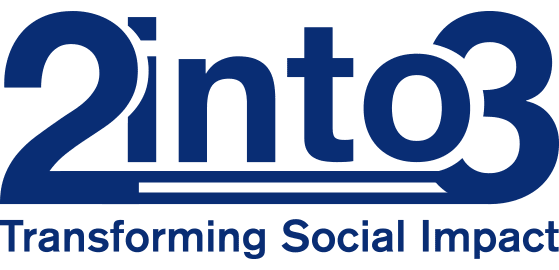Today, 2into3 launched a new paper “Actions you can take to manage the impact of Covid-19 on Fundraised Income“. It assesses the scale of impact on fundraised income of Covid-19 and what action can be taken, by organisations, to manage that impact in 2020. Projections indicate the fundraised income in Ireland is facing a 15% decline in 2020 costing sector €179m.
Summary of actions that can be taken at an organisational level
1. Assess the potential loss of fundraised income for your organisation by taking your 2019 fundraised income by method by month and calculating the impact using the following factors:
-
- No impact on Major Gifts, Trusts and Foundations and Emergency Direct Marketing
- A 10% reduction in Regular Committed Giving and Direct Marketing Appeals and Campaigns for 1/3rd of year.
- A 25% reduction in Corporate for 1/3rd of the year
- a 25% reduction in value of Legacies for the full year
- A 75% reduction in Selling Something for half the year
- A 100% reduction in Local & Community Fundraising for 2/3rds of the year
This the total potential loss of fundraised income for your organisation if unmitigated.
2. Examine your eligibility to apply for the Covid-19 Wage Subsidy Scheme. This could allow you to maintain your team to take the following actions.
3. Consider the potential to increase Major Gift and Trust & Foundation income by doing prospect identification, using name generation and wealth screening and other research methods to add to your prospect pipeline and update your case for support.
4. Adapt the communications of your regular committed giving and direct marketing appeals to take account both of the likely impact of Covid-19 on some donors’ ability to give as well as the propensity of other donors to give more.
5. Invest more resources in your online channels where they already exist, otherwise establish a new online giving platform to fill this gap.
6. Research the impact that Covid-19 has had on your corporate donors. Get in touch with all existing corporate donors, being proactive where their capacity to support your organisation may be adversely impacted, as well as assessing where support can continue. Identify corporate sectors unaffected or performing strongly during Covid-19. Reach out where possible.
7. Develop a new plan for Selling Something & Local and Community activity post-Covid-19. Maintain your volunteer base by staying in touch.
8. Reassign resources based on your learning based on the outcomes of items 1 through 7 above.
9. Monitor your performance carefully, comparing each month with the same month of the previous year and benchmark with your peers and the sector.
Download the full report here
2into3 are hosting a Webinar on this topic on Thursday 9th April, if you are interested in the attending please contact: Judith Power judith.power@2into3.com
Keep safe.








